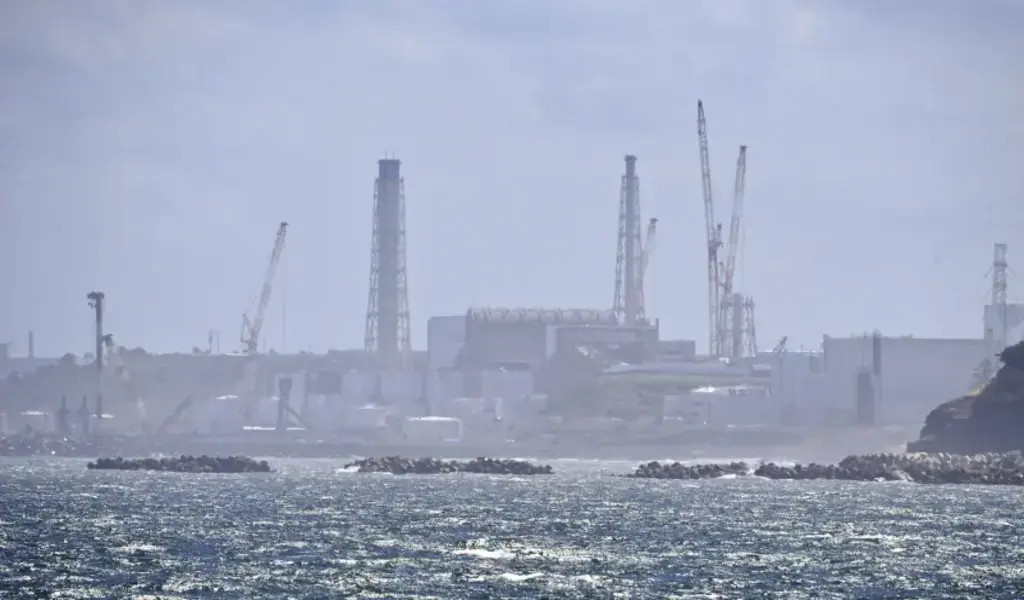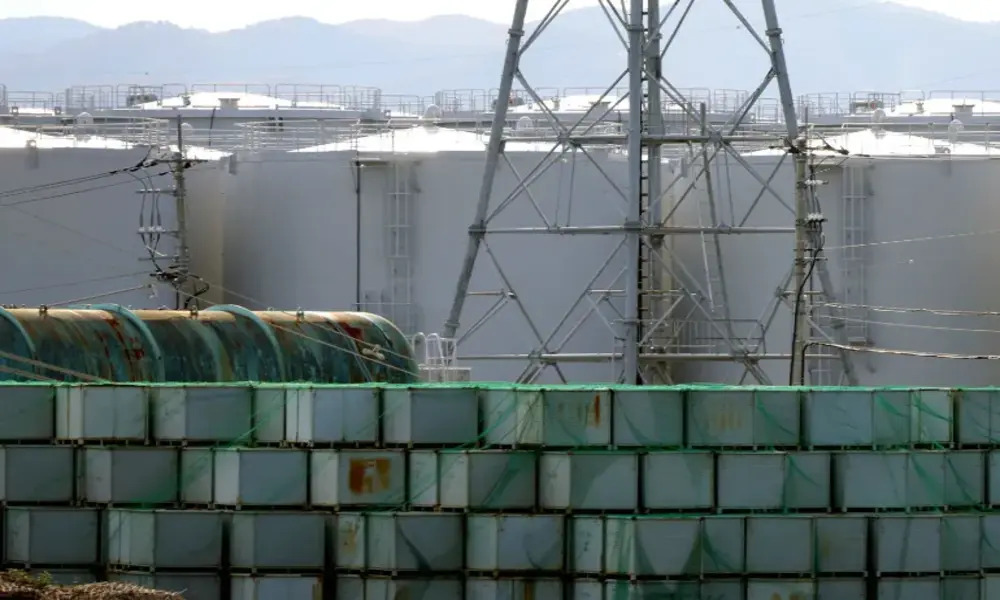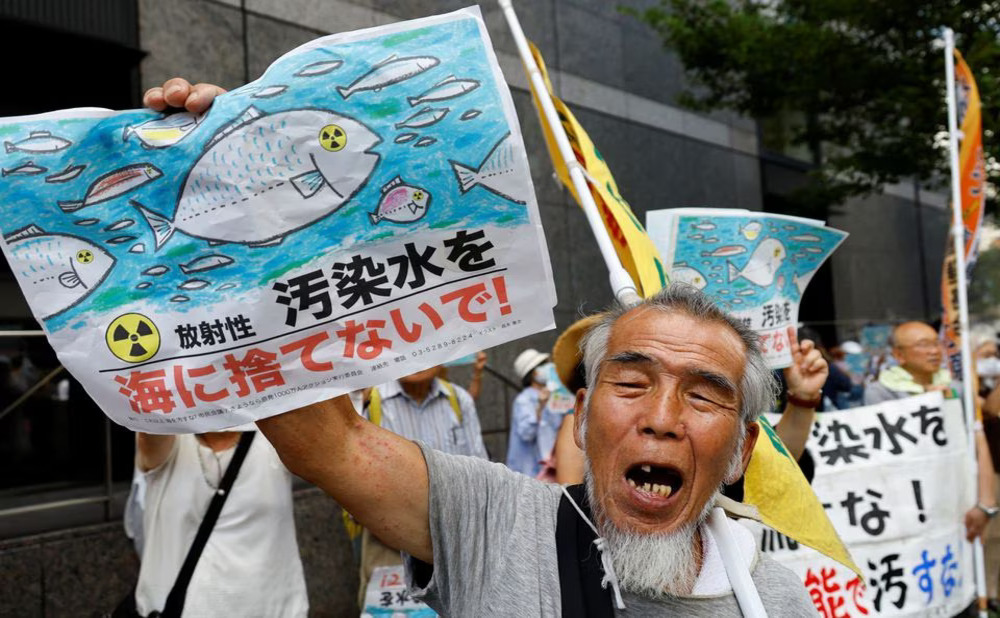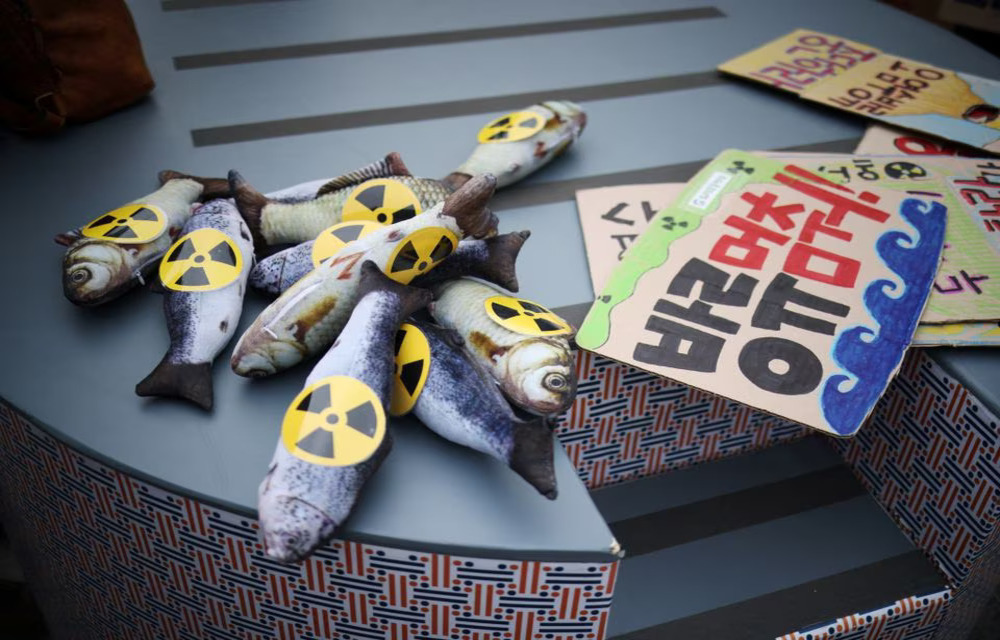(CTN NEWS) – On Thursday, Japan commenced the controlled release of treated radioactive water from the damaged Fukushima nuclear power plant into the Pacific Ocean, a decision that has triggered differing opinions.
In response, China swiftly declared a comprehensive prohibition on importing all seafood from Japan, expressing significant concerns about potential radioactive contamination in Japan’s exported food and agricultural goods, as stated by a Chinese customs official.
The discharge, which had been agreed upon by the Japanese government two years ago and authorized by the United Nations’ nuclear watchdog just last month, marks a pivotal stage in the extensive and complex process of dismantling the Fukushima Daiichi plant following its destruction by a tsunami.
Tokyo Electric Power (Tepco), the operator of the plant, confirmed that the discharge commenced at 1:03 p.m. local time (0403 GMT) and reported no indications of abnormalities with the seawater pump or the adjacent facilities.
Despite this, China reiterated its strong objection to the plan, asserting that the Japanese government had not provided sufficient proof of the legitimacy of the water release.
China’s foreign ministry conveyed in a statement on Thursday that Japan should avoid causing additional harm to local communities and the global population due to its self-centered motives.
In response, Tokyo criticized China for disseminating “unsubstantiated scientific assertions.”
Japan maintains that the water release is safe, highlighting that the International Atomic Energy Agency (IAEA) has also determined that the potential impact on human beings and the environment would be minimal.
Here’s an overview of the dispute.
Why Is There Such A Large Volume of Wastewater?
The devastation caused by the March 2011 earthquake and subsequent tsunami led to the destruction of the cooling systems at the nuclear plant. This catastrophic event resulted in the meltdown of three reactors.
The highly contaminated cooling water that was used on the compromised reactors has been consistently leaking into the basements of buildings and mixing with groundwater.
Tokyo Electric Power Company Holdings, the operator of the plant, has taken measures to control the inflow of groundwater and rainwater into the reactor area.
These efforts have led to a reduction in the amount of contaminated water being generated to approximately 100 tons per day, which is now just one-fifth of the original quantity.
This water is collected, treated, and partially reused as cooling water. The remaining portion is stored in around 1,000 tanks. However, these tanks are already nearly at full capacity, holding 98% of their total volume of 1.37 million tons.
Why Is TEPCO Initiating The Water Release Now?
The Japanese government and Tokyo Electric Power Company Holdings (TEPCO) are embarking on this water release to address two primary concerns.
Firstly, the need to create space within the plant complex for the decommissioning process and to mitigate the risk of accidental tank leaks.
Secondly, Japan has secured backing from the International Atomic Energy Agency (IAEA) to enhance the transparency and credibility of the discharge, ensuring that it adheres to global safety standards.
To bolster confidence, the government has undertaken an active campaign to promote the safety of the plan both domestically and internationally.
What Does Treated Water Contain?
The water is treated using an Advanced Liquid Processing System, which significantly reduces the levels of over 60 specific radionuclides to levels approved by the government.
However, tritium remains present, with officials asserting its safety for human consumption in small quantities. Roughly 70% of the water still contains radionuclides such as cesium, strontium, and carbon-14, exceeding government-set limits.
This water will undergo further treatment until it meets these limits. Subsequently, it will be diluted with more than 100 times its volume of seawater before release, ensuring it falls well below international safety thresholds, even though its radioactivity won’t reach zero.
How Safe Is The Release?
According to a report by the IAEA, if the plan is executed as designed, its impact on the environment and human health will be minimal. Rafael Grossi, the head of the IAEA, expressed satisfaction with the preparations after visiting the plant.
Japan’s government contends that the release of tritium into the sea is standard practice globally, with the amount being significantly lower than that from nuclear plants in China and South Korea.
While many scientists endorse the IAEA’s findings, some emphasize the need for closer examination of the low-dose radionuclides remaining in the water, citing insufficient data on their long-term effects on the environment and marine life.
How Is The Release Taking Place?
TEPCO’s executive, Junichi Matsumoto, explained that the discharge began with the least radioactive water to ensure safety.
Following final testing of samples, the water is transferred through a thin black pipe to a coastal area, where it’s mixed with seawater in significant proportions.
This diluted mixture then enters an undersea tunnel and is released approximately 1 kilometer (0.6 mile) off the coast.
The release is gradual and is projected to continue for decades until the plant’s decommissioning is finalized. This gradual approach is intended to minimize the environmental impact.
TEPCO plans to release 31,200 tons of treated water by March 2024, a process that will span several years due to ongoing wastewater production.
What Are The Concens Of The Public?
Fukushima’s fishing and tourism sectors, as well as its overall economy, are still in the process of recovering from the 2011 disaster. Fisheries groups are anxious about potential damage to the reputation of their seafood.
The current fishing yield in Fukushima is only a fraction of what it used to be due to a decrease in fishing activity and smaller catch sizes.
The president of the National Federation of Fisheries Cooperatives, Masanobu Sakamoto, emphasized the distinction between scientific safety and the perceived sense of safety.
In South Korea and China, concerns have also been raised, leading to the water release becoming a diplomatic and political issue. China has intensified radiation testing of seafood and agricultural products from Fukushima and other regions, temporarily halting exports at customs.
What If Something Goes Awry?
The Japanese government asserts that potential risks associated with the water release are primarily related to reputational damage due to rumors rather than established scientific evidence.
In response, an allocation of 80 billion yen ($550 million) has been set aside to support fisheries and seafood processing, as well as to address potential harm to reputation. TEPCO has also committed to addressing any claims related to reputational damage.
China Ban Seafood Imports from Fukushima and Tokyo Prefectures
In reaction to the water release, Chinese customs authorities declared a prompt ban on seafood imports from Japan, as officially communicated on Thursday.
The ban came into effect immediately and encompasses all imports categorized as “aquatic products,” which includes seafood.
The notice highlighted that regulatory measures will be flexibly adjusted to mitigate potential risks stemming from the discharge of nuclear-contaminated water, aimed at safeguarding the health and food safety of the nation.
Following China’s announcement, President Tomoaki Kobayakawa of TEPCO revealed that the company was in the process of arranging appropriate compensation for Japanese business proprietors impacted by the export bans instituted by an unspecified “foreign government” due to the wastewater release.
Acknowledging the significance of China as a crucial trading partner for Japan, Kobayakawa expressed his commitment to providing well-founded scientific explanations about the release.
This initiative aims to facilitate the swift removal of the ban, demonstrating his dedication to resolving the issue promptly.
RELATED CTN NEWS:
Clash of Republicans: Winners And Losers Emerged In Rowdy First 2024 Presidential Debate
BRICS 2023: Xi Jinping’s Unexpected Absence From Key Multilateral Forum Speech Raises Questions
Promoting Equity: New Jersey Enacts Law Requiring Free Menstrual Products in Schools









